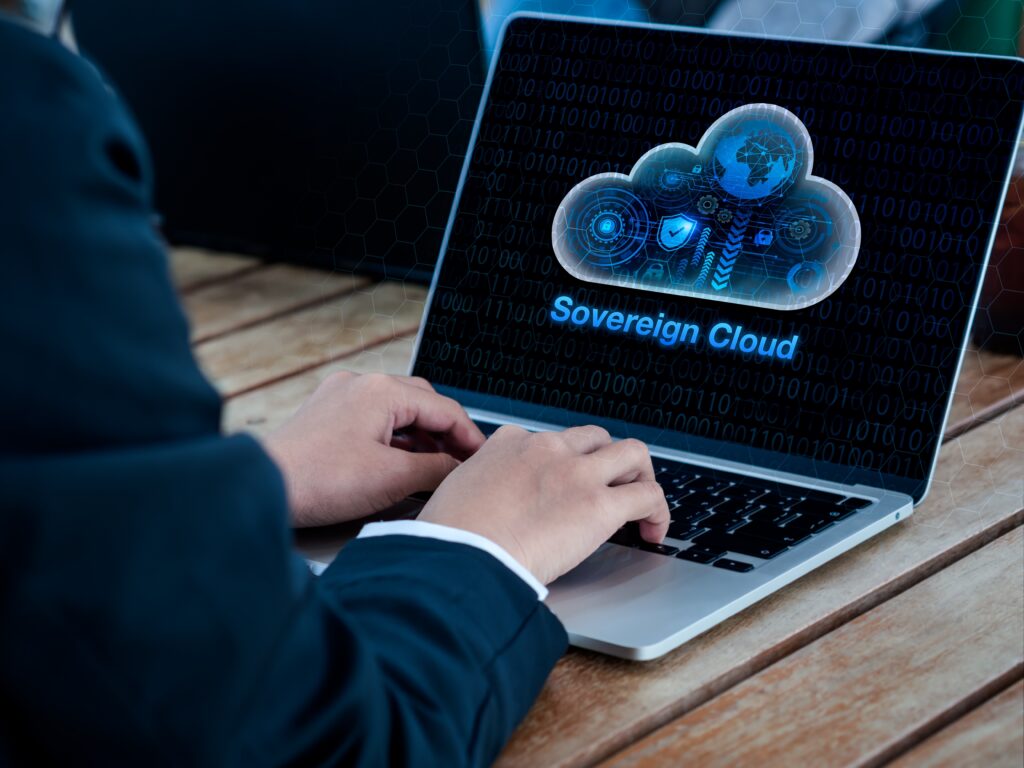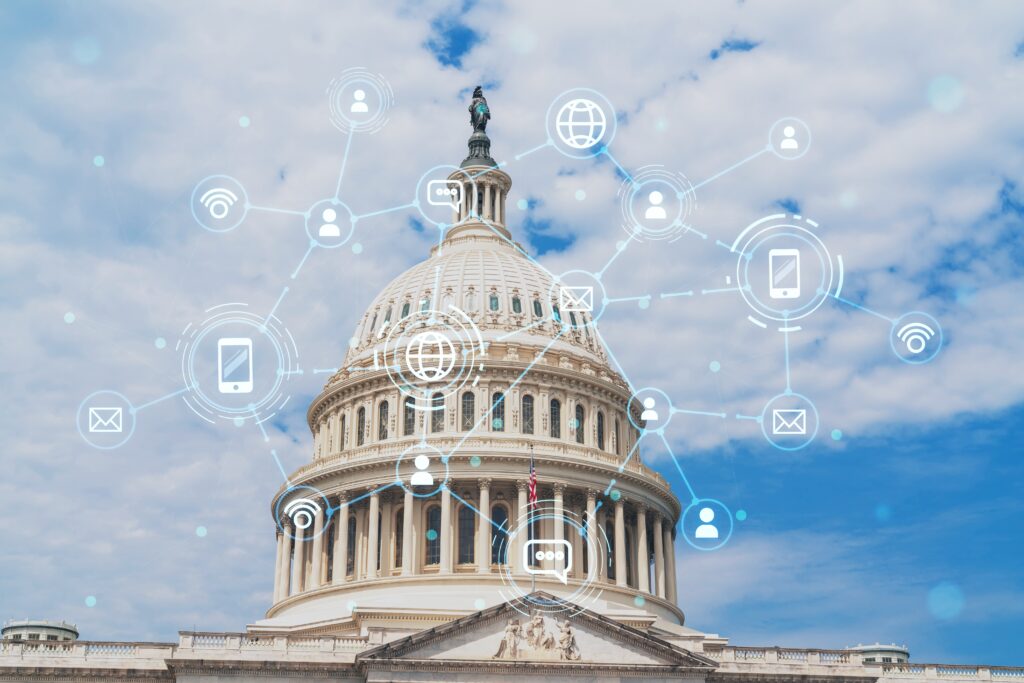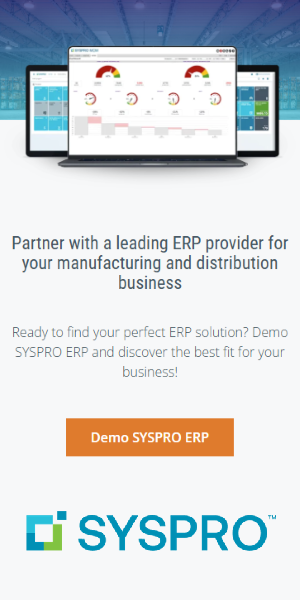ERP upgrades are accelerating across higher education as institutions pursue cloud flexibility, tighter integrations, and readiness for AI capabilities, Center for Digital Education November 21 reports. Institutions now view ERP modernization as a priority tied to budget pressures, enrollment shifts, and rising expectations for a seamless digital campus experience.
According to the article, decades-old on-premises systems have become expensive and difficult to maintain. A 2023 EDUCAUSE study cited in the article found nearly half of surveyed institutions had recently upgraded their systems or planned to do so within five years. Michael Hofherr, SVP and group general manager for product industry at Workday, said demand is climbing as schools face tighter budgets and seek modern user experiences.
Columbus State Community College (CSCC) illustrates common challenges. Its 2004 on-prem system had grown heavily customized, which forced staff to juggle multiple interfaces and complicated routine updates. Jennifer Anderson, CSCC’s CIO and VP of information technology, noted that long-running systems often evolve into patchworks of departmental workarounds rather than unified platforms. Hofherr added legacy systems fall short for mobile-first, AI-ready expectations. Palm Beach State College faces similar issues, with local customization burdening IT staff and on-campus data centers posing reliability risks in hurricane-prone regions.
Cloud Transitions Reshape Workflows, Staffing
As detailed in the article, cloud-based ERP platforms can improve access, simplify interfaces, and reduce infrastructure risk. Roger Yohe of Palm Beach State said mobile access becomes especially valuable in emergencies, yet the transition demands more than technology adoption. Cloud ERP tolerates less deep customization, prompting institutions to reconcile inconsistent departmental workflows. Anderson emphasized the need for a shared institutional vision to guide decisions and keep projects aligned.
Data quality is another consideration. CSCC’s modernization required extensive back-end planning and architecture discussions, extending timelines. The college began exploring upgrades in 2016, paused multiple times, and ultimately launched a full transition in 2021 for a 2023 go-live.
Staffing remains a critical factor. Even with vendor-managed infrastructure, institutions still require dedicated personnel and many underestimate the workload. Change management efforts, including internal implementation teams, helped CSCC prepare its workforce.
Both colleges reported early benefits. Students at CSCC no longer rely on printed PDFs, while Palm Beach State staff are uncovering new insights that support strategic budgeting.
What This Means for ERP Insiders
Cloud ERP migrations are redefining higher education’s tolerance for customization and standardization. Institutions replacing deeply modified legacy systems must confront entrenched workflow divergence, which gives the advantage to platforms and partners that enforce coherent operating models. This environment rewards product strategies centered on structured configurability rather than bespoke tailoring. It also encourages providers to frame process consolidation as a long-term resilience enabler rather than a short-term implementation constraint.
Data architecture maturity is emerging as the critical determinant of modernization speed. CSCC’s experience makes clear that institutions struggle to advance cloud transitions when data quality, system sprawl, and inconsistent back-end design inhibit migration readiness. This dynamic elevates the role of data remediation within ERP programs and creates new openings for providers and GSIs to differentiate on data governance and integration strategy. It signals modernization programs will increasingly be paced by architectural groundwork, not application deployment.
AI expectations are transforming ERP from a periodic upgrade cycle into a continuous capability model. The article’s discussion of future AI-driven functions, even when not yet activated, shows that institutions view intelligent automation as a core trajectory for ERP evolution. This expectation places pressure on vendors to deliver embedded AI features that can scale with institutional needs while maintaining platform stability. It also directs ecosystem partners toward iterative adoption frameworks that support ongoing value realization rather than one-time transformations.





